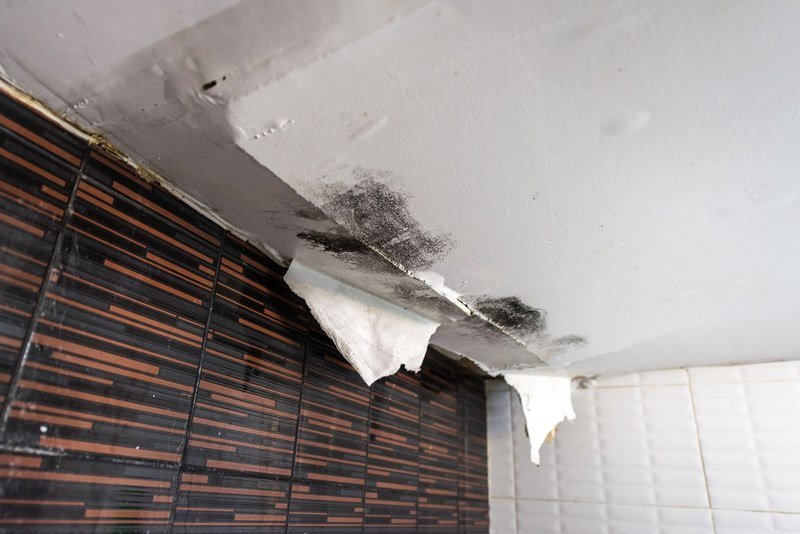Pinpoint Major Factors for Leak Issues Within Your Residence
Pinpoint Major Factors for Leak Issues Within Your Residence
Blog Article
Just how do you feel when it comes to Common Water Leaks In House?

Leaks not only create waste of water yet can additionally create unneeded damages to your home as well as promote undesirable natural development. Water leaks may go unnoticed because most of the pipework in our home is hidden. By looking and also recognizing for daily situations that cause leaks, you can protect your residence from future leakages as well as unneeded damages. Today, we will consider 6 leakage triggers that may be creating your pipelines to drip.
Immediate temperature level adjustments.
Severe temperature level adjustments in our pipelines can create them to increase and also acquire all of a sudden. This growth as well as contraction may create splits in the pipes, especially if the temperature are below freezing. It would be best if you watched on just how your plumbing works. The visibility of the previously stated conditions frequently suggests a high threat.
Rusty water systems
This may be the cause of staining or warping on your water pipelines. If our plumbing system is old, think about changing the pipes since they are at a higher threat of rust than the more recent models.
Malfunctioning Pipeline Joints
Pipe joints can wear away over time, resulting in water leakages. If you have loud pipes that make ticking or banging noises, especially when the hot water is transformed on, your pipeline joints are possibly under a great deal of pressure.
Elbowing in origins
The majority of water leaks start outside the house instead than inside it. You might see damp spots or sinkholes in your yard, and that could imply that tree origins are invading water lines triggering water to leak out.
Poor Water Connectors
At times, a leakage can be caused by loosened tubes as well as pipes that provide your appliances. In instance of a water connections leakage, you might observe water running straight from the supply line or puddles around your home appliances.
Clogged Drains
Obstructed drains pipes could be irritating and also inconveniencing, yet they can often end up causing an overflow leading to rupture pipes. Maintain getting rid of any products that might go down your drains that can obstruct them to avoid such hassles.
All the above are sources of leaks but not all water leaks result from plumbing leaks; some leaks might come from roofing leakages. All leaks must be repaired quickly to stay clear of water damages.
Leakages not only cause waste of water but can also create unneeded damage to your house and advertise undesirable organic growth. By looking as well as recognizing for daily circumstances that create leaks, you can shield your home from future leakages and unneeded damages. Today, we will look at six leakage causes that might be triggering your pipelines to drip.
At times, a leakage can be triggered by loose hose pipes and pipes that supply your devices. In instance of a water connections leak, you may see water running directly from the supply line or puddles around your devices.
TYPES OF WATER LEAKS YOU SHOULD BE FAMILIAR WITH
Shower Fixture Water Leaks
If you notice a water leak near your shower fixture, perform an inspection to confirm if you are able to find broken caulk lines. As your shower fixture becomes older, it is not uncommon for water to leak onto the other side of the frame. To fix this type of plumbing leak, scrape off the old caulk and run a new bead of it around the shower fixture to seal up any fractured crevices and holes.
Bathtub Drainage Water leaks
To fix this type of leak in a bathtub, remove the drain flange and clean it. Next, you should also remove the rubber gasket located beneath the tub’s drain hole. Buy a replacement gasket that matches the old version and install it in the same location. Once the drain flange and rubber gasket are installed, apply a small amount of silicone caulk to the drain to prevent water leakage below your tub.
Water Pipe Leaks Behind Walls
Issues such as discolored grout and loose shower tiles may be caused by a water pipe leak behind the walls in your bathroom. To fix this plumbing leak, you will be required to remove the tiles, grout, or caulk in your shower. Once the tiles in your shower have been removed, perform an inspection of the drywall to confirm if it’s moist or wet. If you notice water marks or mold on the wall, this is an indicator of a water pipe leak.
Toilet Leaks
Nobody likes a toilet leak. It can cause water damage to the subfloor, joists, or even the ceiling in the room below. To combat this type of water leak, you will need to reinstall your toilet with a brand new ring of wax. If the toilet sits uneven, be sure to add toilet shims to correct the issue. Do you notice a broken bolt slot or flange? We recommend performing a new metal flange installation to remediate this issue.
Sink Water Leaks
To prevent damage to the beautiful counter tops in your kitchen or bathroom, tighten the base of your sink to prevent a water leak. Next, scrape away any old caulk around the sink and apply a fresh coat. Prior to using the kitchen or bathroom sink, you will need to secure the fixture to the countertop with the clips located beneath the sink rim to prevent a water leak.
https://www.fenwickhomeservices.com/blog/6-types-of-water-leaks-you-should-be-familiar-with/

Hopefully you enjoyed reading our piece about How to Find Water Leaks. Thanks a lot for finding the time to browse our short article. Are you aware of somebody else who is enthusiastic about the subject? Please feel free to promote it. Thanks so much for your time spent reading it.
Request A Quote Report this page